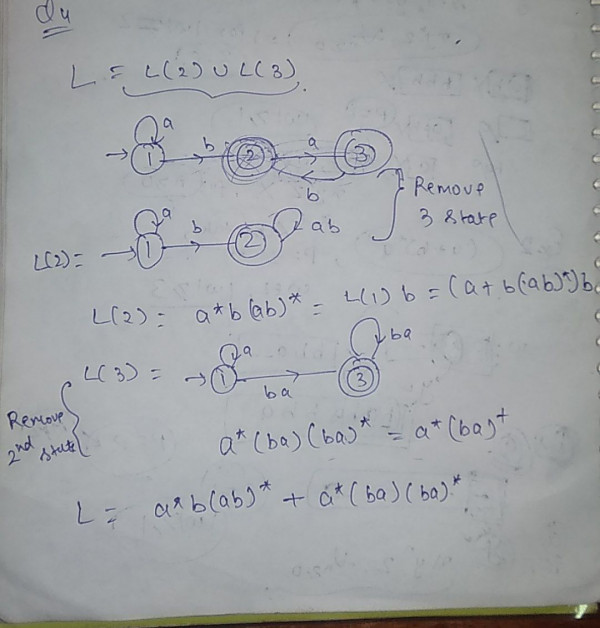first of all understand that for a single language we have many NFAs and DFAs so there is also many regular expressions are possible . so it is one of them .
now to find Regular Expression from FInitte Automata we have different algorithms .
there is also method – STATE REMOVAL METHOD by this ive done this question .

here this is ...